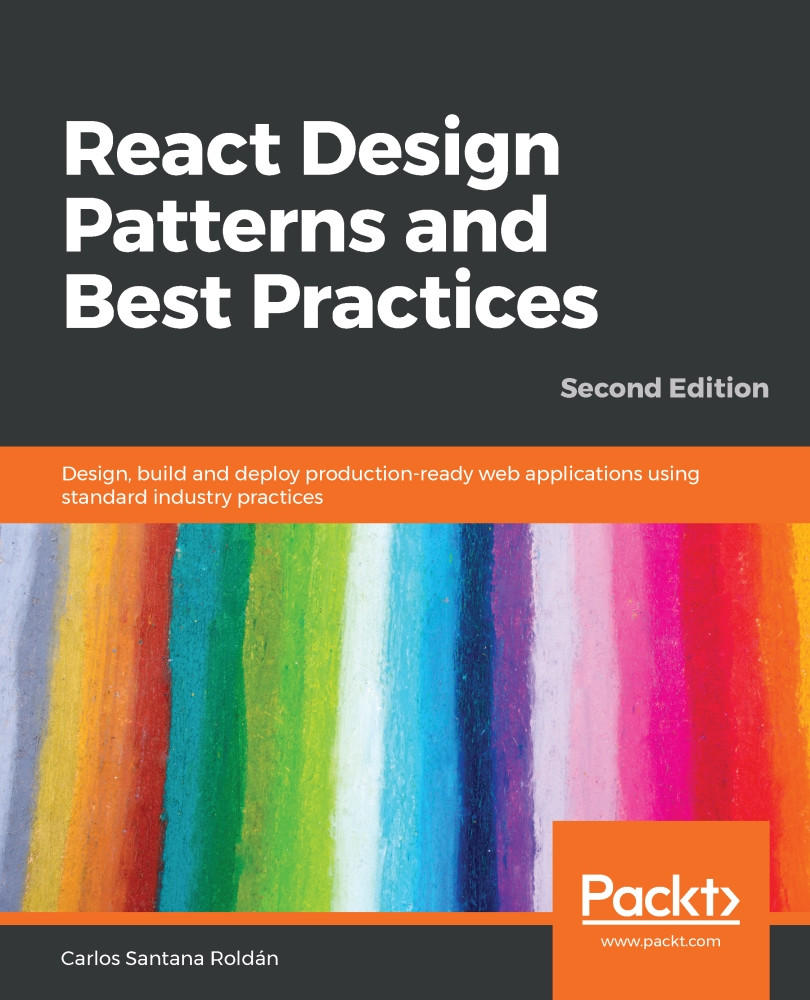We will now create a very simple server-side application to look at the steps that are needed to build a basic Universal setup.
It is going to be a minimal and simple setup on purpose because the goal here is to show how SSR works rather than providing a comprehensive solution or a boilerplate, even though you could use the example application as a starting point for a real-world application.
This section assumes that all the concepts regarding JavaScript build tools, such as webpack and its loaders, are clear, and it requires a little bit of knowledge of Node.js. As a JavaScript developer, it should be easy for you to follow this section, even if you have never seen a Node.js application before.
The application will consist of two parts:
-
The server side, where we will use Express to create a basic web server and serve an HTML page with the server-side rendered...


